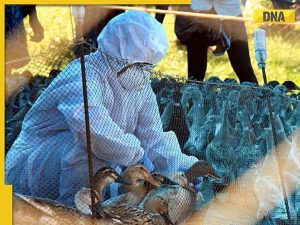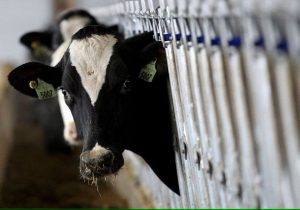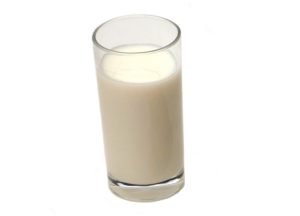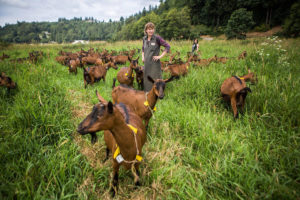Herds have also seen an increase in margins per litre, but at a more modest 14.3 per cent, bringing the average to 20.33p/litre.
Kathryn Rowland, senior farm services manager at Kingshay, said: “Margins increased despite rises in purchased feed costs, likely mitigated by increases in yield, milk from forage and milk price, but other costs of production, such as labour, will also have increased over that period.”
Stability
The figures collected from about 1,200 dairy farms show that up to March 2020 there was relative stability in milk price, with the average only fluctuating by 1.67p/litre throughout the season.
However, the gap between the top and bottom paid producers widened to 9.1p/litre in March.
Ms Rowland added: “Though this is a long way off the 13.9p/litre differential we saw in 2016, it is still a good idea to keep an eye on the market and focus on efficiencies to minimise the impact of lower prices.”
Input prices have fluctuated with red and white diesel values almost identical between March 2019 and March 2020, however crude oil prices crashed amid the Covid-19 pandemic and have remained reasonably suppressed since.
“Fertiliser prices have generally fallen over the past year, but as they are closely linked to crude oil, there could be a higher level of volatility ahead,” said Ms Rowland.
Advantages
“What is really evident – especially with some milk contracts tightening – is the need to better utilise available forage and on-farm resources to lower costs.
“However, with fuel prices bottoming out in the past few months there may be some advantages to producers, even more so if this is reflected in the fertiliser value.
“The important thing to take on board is that any dairy system can be profitable, but it requires a focus on efficiencies across the board, from forage, to health, fertility and other inputs.”








